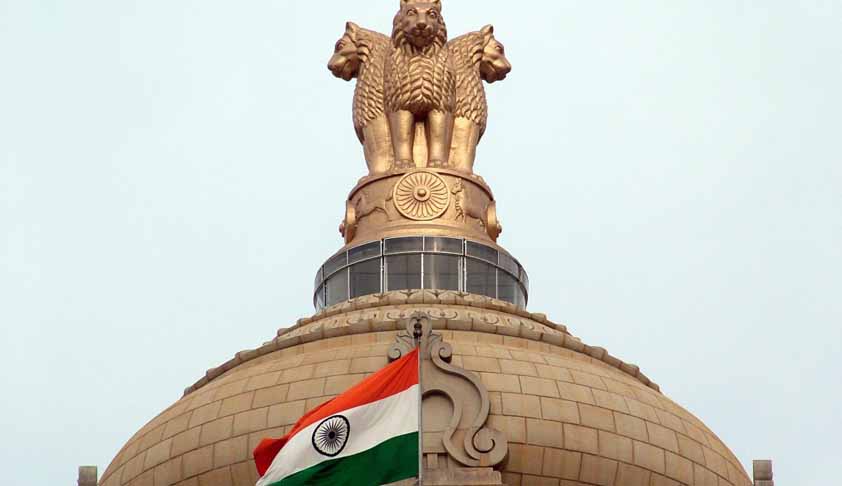- Home
- /
- Top Stories
- /
- Govt. puts on hold appointment of...
Govt. puts on hold appointment of 110 Additional Judges till Draft MoP gets SC nod
Apoorva Mandhani
2 April 2016 4:16 AM GMT
Government has put on hold appointment of 110 Additional Judges in 10 High Courts, till the Supreme Court ratifies the revised draft of the Memorandum of Procedure. The recommendations have been made by Chief Justices of Karnataka, Tamil Nadu, Jammu and Kashmir, Rajasthan, Punjab and Haryana, Orissa, Calcutta, Madhya Pradesh and Kerala High Courts.A Senior Government Functionary was quoted...
Government has put on hold appointment of 110 Additional Judges in 10 High Courts, till the Supreme Court ratifies the revised draft of the Memorandum of Procedure. The recommendations have been made by Chief Justices of Karnataka, Tamil Nadu, Jammu and Kashmir, Rajasthan, Punjab and Haryana, Orissa, Calcutta, Madhya Pradesh and Kerala High Courts.
A Senior Government Functionary was quoted as saying that while the Government will continue to approve elevation and postings of sitting judges, it would not clear new appointments as Additional Judges, till the MoP is approved by the SC collegium. Consequently, 66 out of 89 recommendations for elevation of Additional Judges of High Courts as permanent Judges have been approved by the Government.
The Draft Memorandum of Procedure, which was directed to be drafted by a Constitution Bench of the Supreme Court in December last year, was earlier sent to the PMO’s office for approval. It has now been handed over to Chief Justice T.S. Thakur for final approval. The CJI is consulting other Judges on the MoP’s approval, after which it would be placed in public domain by the Department of Justice. In case CJI suggests changes to the MoP, it would be sent back to the Law Ministry for re-drafting of the same.
It was on December 16, 2015, the Constitution Bench of the Supreme Court had directed the Government to draft a new Memorandum of Procedure [MoP] for appointment of High Court and Supreme Court Judges. The Court had issued following broad guidelines for consideration:
“Eligibility criteria
The Memorandum of Procedure may indicate the eligibility criteria, such as the minimum age, for the guidance of the collegium (both at the level of the High Court and the Supreme Court) for appointment of Judges, after inviting and taking into consideration the views of the State Government and the Government of India (as the case may be) from time to time.
Transparency in the appointment process
The eligibility criteria and the procedure as detailed in the Memorandum of Procedure for the appointment of Judges ought to be made available on the website of the Court concerned and on the website of the Department of Justice of the Government of India. The Memorandum of Procedure may provide for an appropriate procedure for minuting the discussions including recording the dissenting opinion of the Judges in the collegium while making provision for the confidentiality of the minutes consistent with the requirement of transparency in the system of appointment of Judges.
Secretariat
In the interest of better management of the system of appointment of Judges, the Memorandum of Procedure may provide for the establishment of a Secretariat for each High Court and the Supreme Court and prescribe its functions, duties and responsibilities.
Complaints
The Memorandum of Procedure may provide for an appropriate mechanism and procedure for dealing with complaints against anyone who is being considered for appointment as a Judge.
Miscellaneous
The Memorandum of Procedure may provide for any other matter considered appropriate for ensuring transparency and accountability including interaction with the recommendee(s) by the collegium of the Supreme Court, without sacrificing the confidentiality of the appointment process.”
You may read: New MoP: NJAC through the back door? By: LiveLaw Research Team


